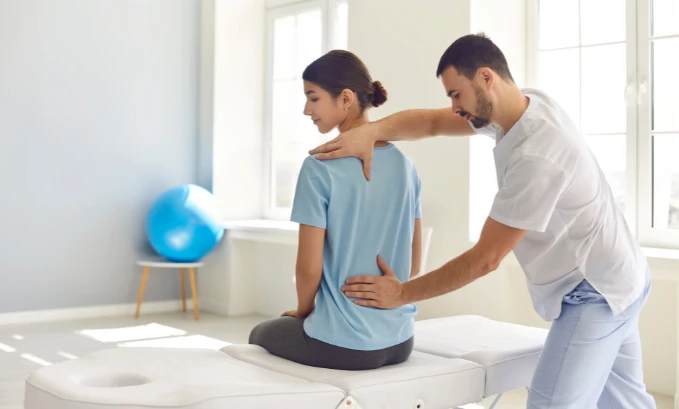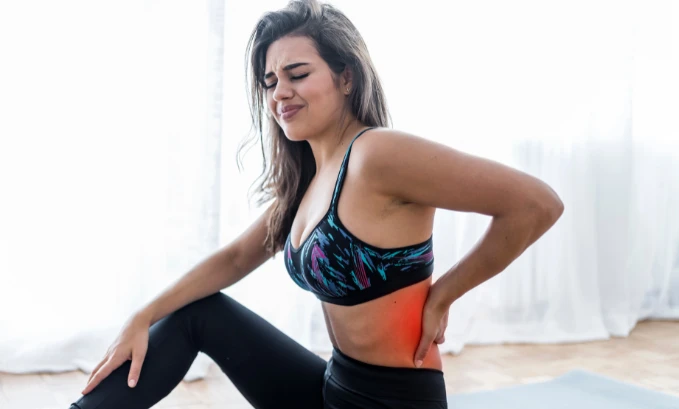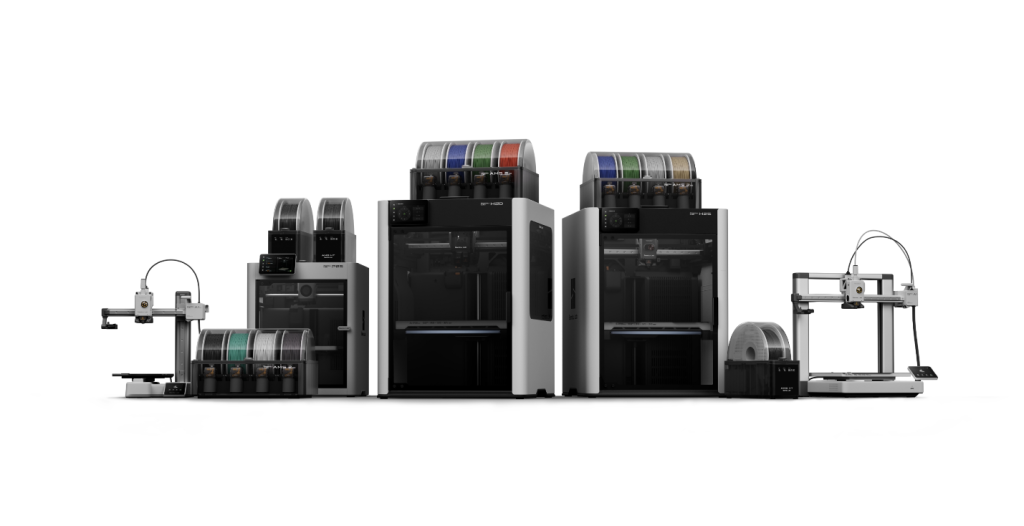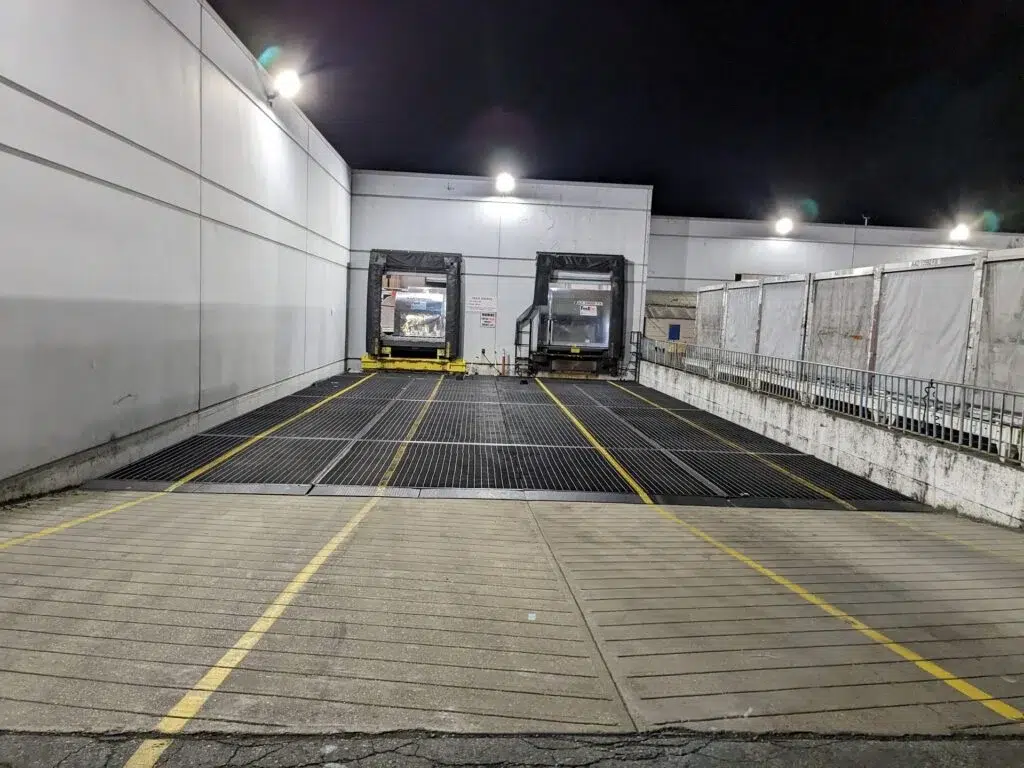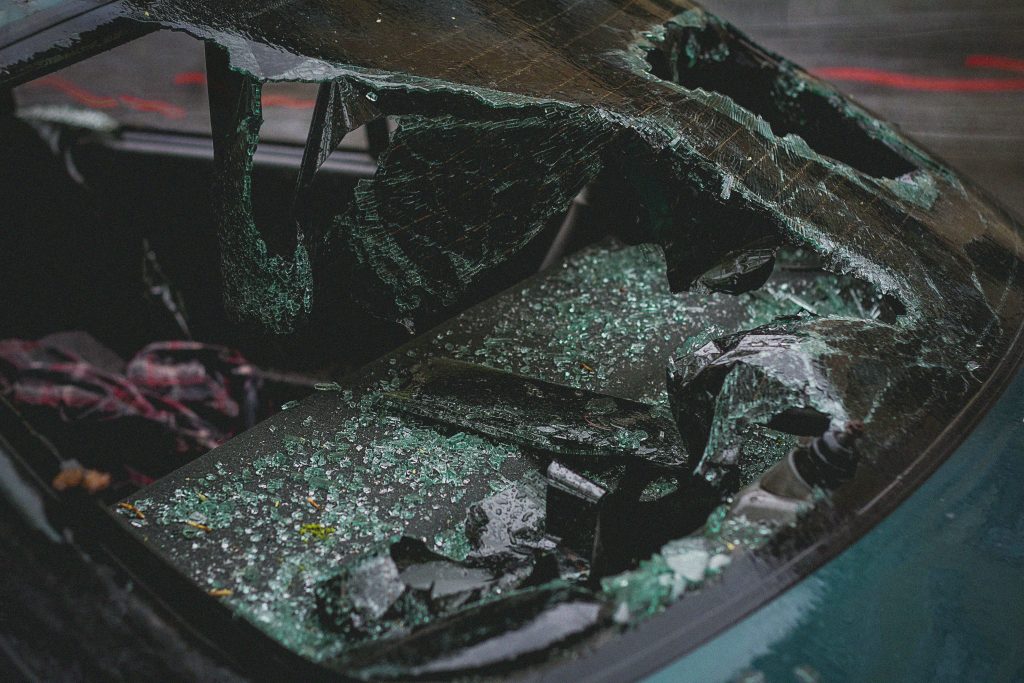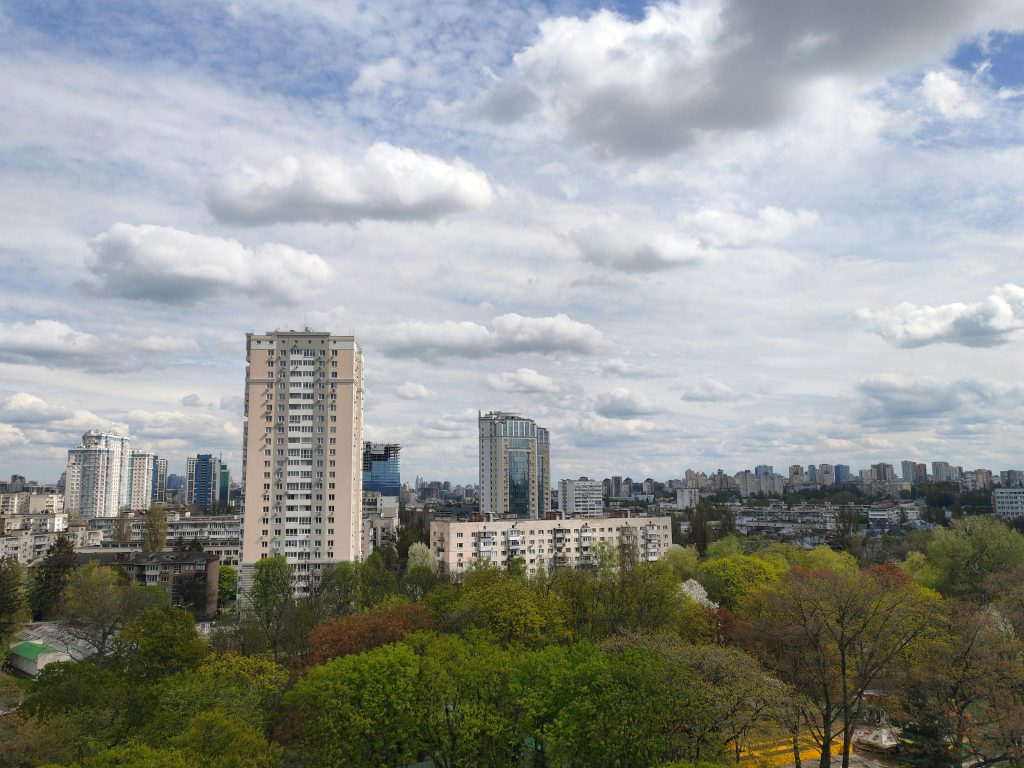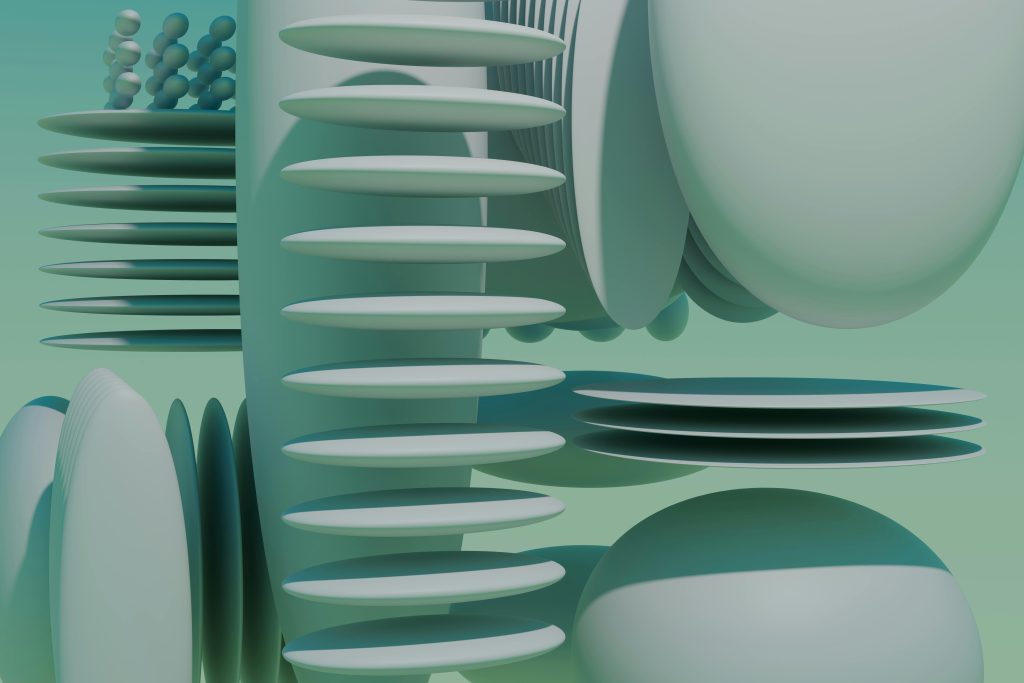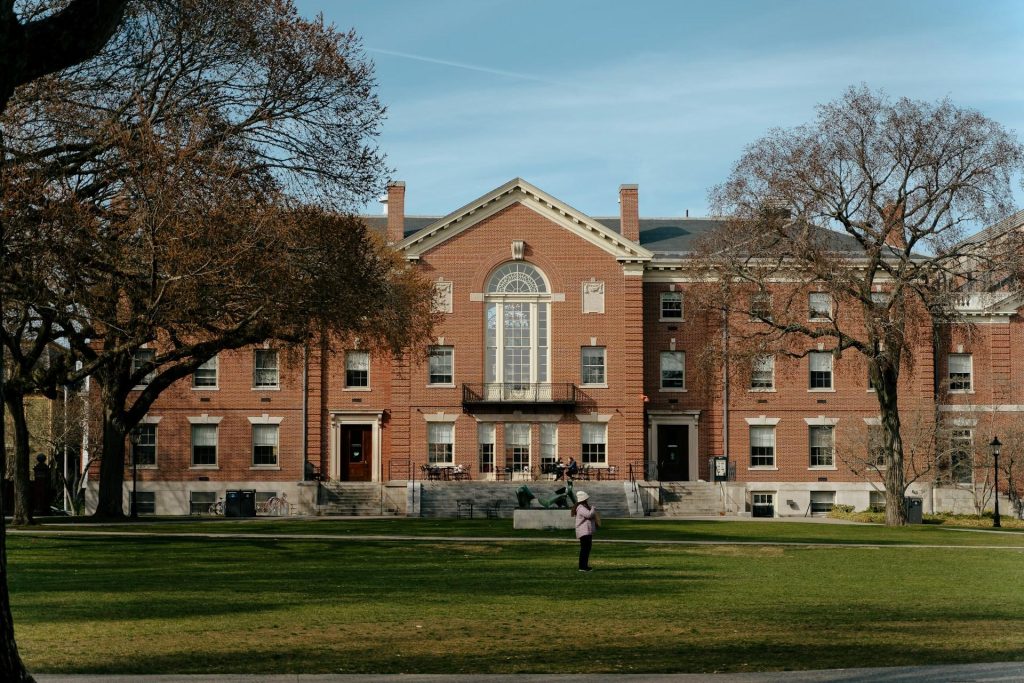Osteoporosis decreases the strength of bones thus predisposing them to break. It occurs in both genders, but in women, it is riskier due to hormonal alteration due to menopause, which causes estrogen to drop. This is a common symptom of osteoporosis in women i.e. lower back discomfort. This can be usually attributed to stress fractures of weak vertebrae or strains of the muscles and ligaments as the spine adapts to the loss of bone. Understanding what causes lower back pain in females is important because it typically indicates osteoporosis, bad posture, or lifestyle problems that must be addressed to improve health and quality of life.
The health of the bones is an area that is ignored, but essential in the interpretation and of stem cell back treatment. This is because poor bone health and osteoporosis result in spine fractures that are not detected until the pain is intense. Microfractures harm vertebrae making them unstable and misaligned, causing the aggravation of back pains.
Bone density can also decrease due to lack of calcium and vitamin D and expose people to the risk of fractures. Knowledge of the relationship between bone health and back pain also underlines the importance of prevention as such as weight-bearing exercises, balanced diet, and early medical intervention increase protective measures against the spinal health and reduce chronic pain.
How Bone Density Declines Over Time
Key Risk Factors in Women
As a person grows old, bone density decreases naturally, although women are at higher risk due to several factors. With menopause, the estrogen level decreases, which impacts bone health and brings about osteoporosis. People with low bone density are likely to have similar disorders due to heredity and family history. These hormones have the capability of making bones weak and prone to fractures and this could be the problem with the female lower back pain. There is prevention and early intervention of food, exercise, and medical aid that needs the knowledge of these dangers.
The decrease in bone density is a natural aging process especially among women because of changes in hormones such as menopausal estrogen decline. Bones require calcium and therefore poor nutrition and deficiency in calcium aggravates this process. With time, smoking, alcohol abuse, and lack of activities lead to significant bone loss. These risk factors make the skeleton weak and predisposed to stress fractures and spinal issues, and these issues are what causes lower back pain in females. To keep the bones healthy, one will need to follow a healthy diet, exercise, and eliminating threatening habits.
How Osteoporosis Progresses Silently
Osteoporosis is also known as a silent disease since it develops without warning. Weak bones and fractured bones are caused by low bone density and quality. This gradual loss of strength is not noticed until hip, wrist, or spine fractures occur due to a fall, sudden movement.
Osteoporosis has very few early warning signs though there are slight symptoms that may show the presence of this disease. The initial symptoms are unexplainable pain in the back, which can be brought about by fractures or collapse of the vertebrae. There can also be the bone health problems represented by the loss of height, stooped posture, and being more susceptible to slight impact fractures. Women have to be aware of what makes the lower back painful since it might be connected to the osteoporosis-related abnormalities of the spine or stress fractures. Routine examinations and bone scans can be used to monitor what causes lower back pain in females and treat these problems before they deteriorate.
Exploring Lower Back Pain in Women
What Causes Lower Back Pain in Females?
The musculoskeletal or reproductive disorders may cause lower back pain in women. Unhealthy posture, muscle strain, or injury to the physical activity would often cause lumbar tension and stiffness. Lower back pain may also be caused by PMS, endometriosis and pregnancy. PMS and endometriosis may lead to inflammation and discomfort in the lower back and pregnancy may also lead to pain in the lower back due to hormonal changes, weight gain and changes in the center of gravity. Relief and management require knowledge of such causes.
The degenerative disorders that accompany age are what causes lower back pain in females. Spinal degenerative disc disease or osteoarthritis may arise with time leading to a change in the bone structure due to wear and tear and result in pain that becomes chronic. Other risk factors encompass osteoporosis that makes the bones weak and subjects the spine to risks of fracture. The fractures of the spine may result in acute pain and permanent posture and movement difficulties. These age aspects highlight why it is important to take care of bone health and prevent and manage lower back pain at an early stage.
Why Lower Back Pain Often Goes Undiagnosed or Misattributed
The acute and chronic lower back pain has different onset and persistence. Acute pain, which is the result of strains on the muscles or sprains of the ligaments, generally disappears with rest and with simple treatment. But chronic pain takes months, and it is normally occasioned by degenerative disc degeneration, ruptured discs or by a change in hormones.
It is crucial to understand what causes lower back pain in females because it is frequently misdiagnosed as stress or menstrual cramps. Lower back pain can come about due to endometriosis, pregnancy, as well as ovarian cysts unless they are diagnosed in good time. The symptoms can also be similar to other health issues, which makes the diagnosis rather complex, and it is necessary to conduct serious medical tests that will help to identify the primary cause.
The Biological Link Between Osteoporosis and Back Pain
The spine is the main support structure of the body, which supports bone strength and bone integrity. The spinal column is covered by the vertebrae which permit movement. The spine is weakened by vertebral compression fracture which is as a result of osteoporosis or trauma. These fractures break the bones of the spine, which put muscle and nerves under great strain and results in severe pain. Pain is occasioned by the fracture injury and instability and pressure changes of bones in the spine that prevent normal functioning. To control and prevent such diseases, it is necessary to know the correlation of spinal health and bone strength.
Degeneration of the spinal discs and the loss of bone density brings about lower back pain particularly in women. Old age, wear, tear and osteoporosis may weaken the vertebrae and reduce cushioning of the spinal discs. Nerve compression is a result of displaced discs or collapsed vertebrae which results in intense pain or radiating pain that radiates in the body. Menopause may aggravate deterioration in bone density, which leads to the risk of back pains. Understanding what causes lower back pain in females helps develop prevention techniques, such as keeping strong bones through nutrition, exercise, and medical care.
Why Women Are at Higher Risk Than Men
Osteoporosis leads to weakness of bones and thus causes back pains, particularly in the woman. This reduced bone density may lead to spine fractures and spine instability, which results in pain and suffering which is chronic. Women are especially vulnerable to this since their hormonal levels change particularly when they approach menopause.
Reduction of estrogen increases the fragility of the bones and their susceptibility to fractures. Women also face the risk because of smaller skeletons and extended lifespan. These biological factors need to be known to intervene early and provide individual treatment to osteoporosis-related back pain.
Why Understanding the Connection Matters for Women’s Health
Women require early management and prevention in their health hence, it is necessary to understand the relationship between osteoporosis and back pain. Fractures, which account for a substantial portion of what causes lower back pain in females, can be exacerbated by osteoporosis, a disorder defined by weakening bones. Knowing this association, women can take the bone health seriously by eating healthy food, participating in weight-bearing exercises, and visiting the doctor to determine bone density. The issue of awareness enhances pain management and reduces the risk of severe consequences, which positively impacts the quality of life in the long-term.
Promote early diagnosis and lifestyle changes in order to empower women towards taking care of their bone health and prevent chronic problems. Risk factors of osteoporosis can be detected early hence preventing fractures and chronic pain. Life modifications such as diet intake, physical activities, and quitting of smoking and alcohol are highly effective in bone building. Routine examination and bone density tests provide women with an opportunity to monitor their progress and alter their habits. These ways assist the women to develop healthy bones and lead an active and worthwhile life.



